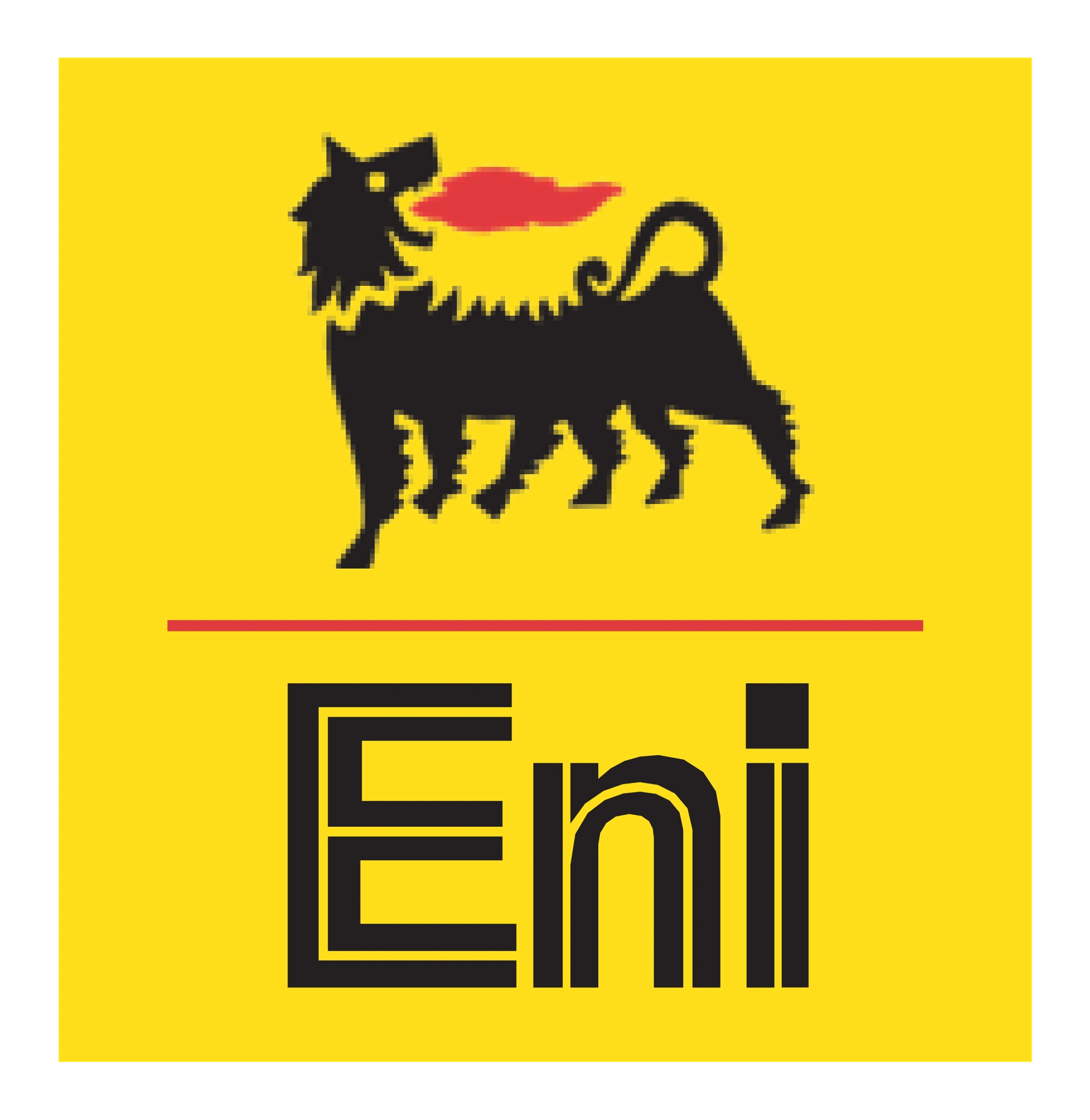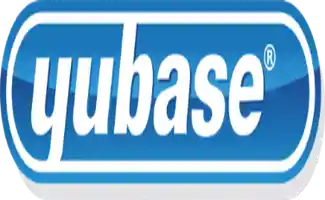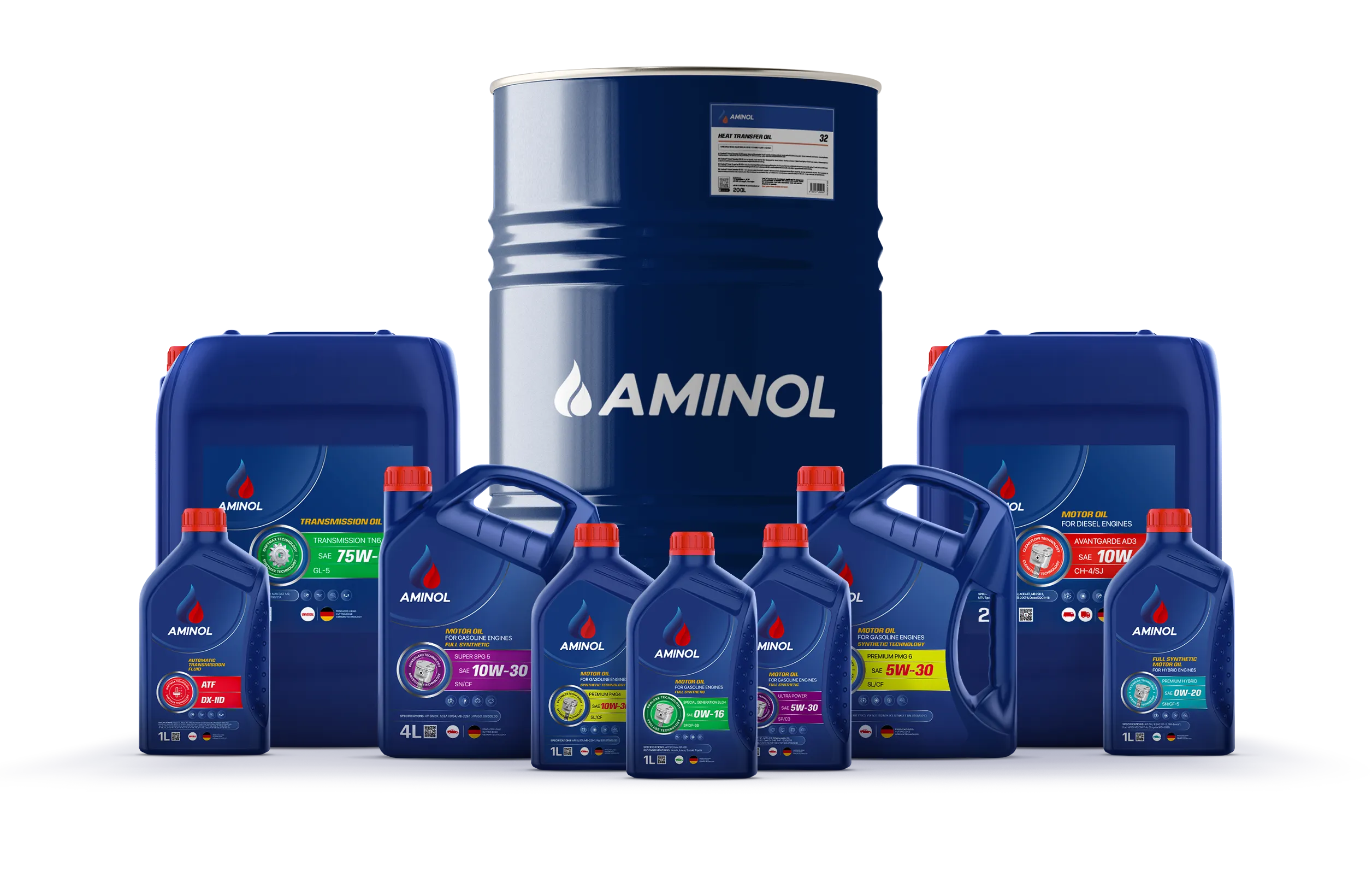Power. Protection. Performance.
Aminol delivers the strength your machines need, the protection they rely on, and the performance you expect—every time.
Our Partners

















AL/HF-0042
MoreAL/HF-0028
MoreAL/HF-0030
MoreAL/HF-0029
MoreAL/HF-0031
MoreAL/HF-0022
MoreAL/HF-0023
MoreAL/HF-0024
MoreAL/HF-0025
MoreAL/HF-0026
MoreAL/HF-0027
MoreAL/HF-0021
MoreHydraulic Oils: The Hidden Power That Extends Your Equipment’s Life
What is Hydraulic Oil?
Hydraulic oil is a special technical fluid that transfers energy through pressure in components such as hydraulic pumps, cylinders, and valves, while reducing friction and preventing wear of parts.
Main Functions:
Transfer of energy and pressure
Lubricating parts by reducing friction
Distributing heat and providing cooling
Protecting against corrosion and rust
Resisting foaming, air bubbles, and contamination
Why is Choosing the Right Hydraulic Oil Important?
Extends equipment lifespan: Inadequate or unsuitable hydraulic oil causes parts to wear out quickly.
Reduces technical costs: With quality oil, failures, leaks, and part replacements are minimized.
Improves performance: Pressure remains stable, and the system operates stronger and more reliably.
Energy savings: Optimal viscosity ensures pumps and hydraulic systems work with less energy.
Safety: Reduces risks of sudden shutdowns and pump damage.
Hydraulic Oil Standards and Types
Main Standards:
ISO: HH, HL, HM, HV, HG, HS, etc.
DIN 51524: Part 1 (HH), Part 2 (HLP), Part 3 (HVLP).
Types / Categories:
Mineral-based hydraulic oils – most common, suitable for standard conditions.
Synthetic hydraulic oils – resistant to wide temperature ranges, oxidation, and high pressure.
Biodegradable oils – environmentally friendly, used in water and forest areas.
High-viscosity index oils (ISO VG 32, 46, 68, etc.) – for stable performance across a wide temperature range.
Hydraulic Oil Selection – Key Criteria
Viscosity
Measured at 40°C and 100°C.
Lower viscosity for cold regions, higher viscosity for hot and heavy-duty systems.
Temperature Behavior
Pour point and resistance to oxidation at high temperatures are crucial.
Synthetic oils are more stable under temperature fluctuations.
Chemical Additives
Must include antioxidants, anti-corrosion, anti-wear, and anti-foaming additives.
Operating Pressure and Pump Type
Pump type (vane, piston, gear) and nominal system pressure define the choice.
Compliance with Standards
ISO/DIN certifications and test results (oxidation, rust, wear) must be verified.
Aminol Hydraulic Oil Types
HVLP Series
Provides viscosity stability across wide temperature ranges, long-lasting protection under high pressure.
Products: HVLP 15, 22, 32, 46, 68, 100, 150; HVLP 22/32/46/68 Zinc Free
HLPD Series
Disperses contaminants like water and dust, helping keep the system clean.
Products: HLPD 22, 32, 46, 68
HVLPD Series
Combines HLPD features with HVLP’s temperature stability.
Product: HVLPD 46
WR HLP Series
Water-resistant, designed for humid environments.
Products: WR HLP 32, 46, 68, 100
Xtreme Series
Ultra-performance oils for maximum loads and extreme temperatures.
Product: Hydraulic Xtreme 32 ULT
Technical Indicators & Selection Tips
Viscosity (ISO VG):
VG 32–46: For cold climates and medium-pressure systems.
VG 68–150: For high temperatures and heavy-duty industrial equipment.
Zinc Content:
Zinc-free models (HVLP Zinc Free) – cleaner operation, reduced environmental risk.
Additional Additives:
Antioxidants, rust inhibitors, anti-foam agents, and friction modifiers.
Step-by-Step Selection Guide
Learn system parameters: pump type, operating pressure, climate.
Determine viscosity grade: ISO VG 32, 46, 68, etc.
Check chemical properties: anti-oxidation, anti-corrosion.
Verify standards compliance: ISO/DIN.
Evaluate price-quality ratio: cheap oils often lead to higher long-term costs.
Practical Tips
Change oil on time, check filtration system regularly.
Prevent mixing with water.
Monitor oxidation at high temperatures.
Check flowability in cold climates before starting equipment.
FAQ
What is the difference between mineral and synthetic hydraulic oils?
Mineral oils are cheaper, suitable for standard conditions. Synthetic oils are more stable across wide temperature ranges.
What does ISO VG 46 mean?
It refers to the kinematic viscosity range measured at 40°C.
How are hydraulic oil prices determined?
Prices vary by brand, viscosity, and additives. Quality oil is more cost-effective in the long run.

Aminol delivers the strength your machines need, the protection they rely on, and the performance you expect—every time.
















